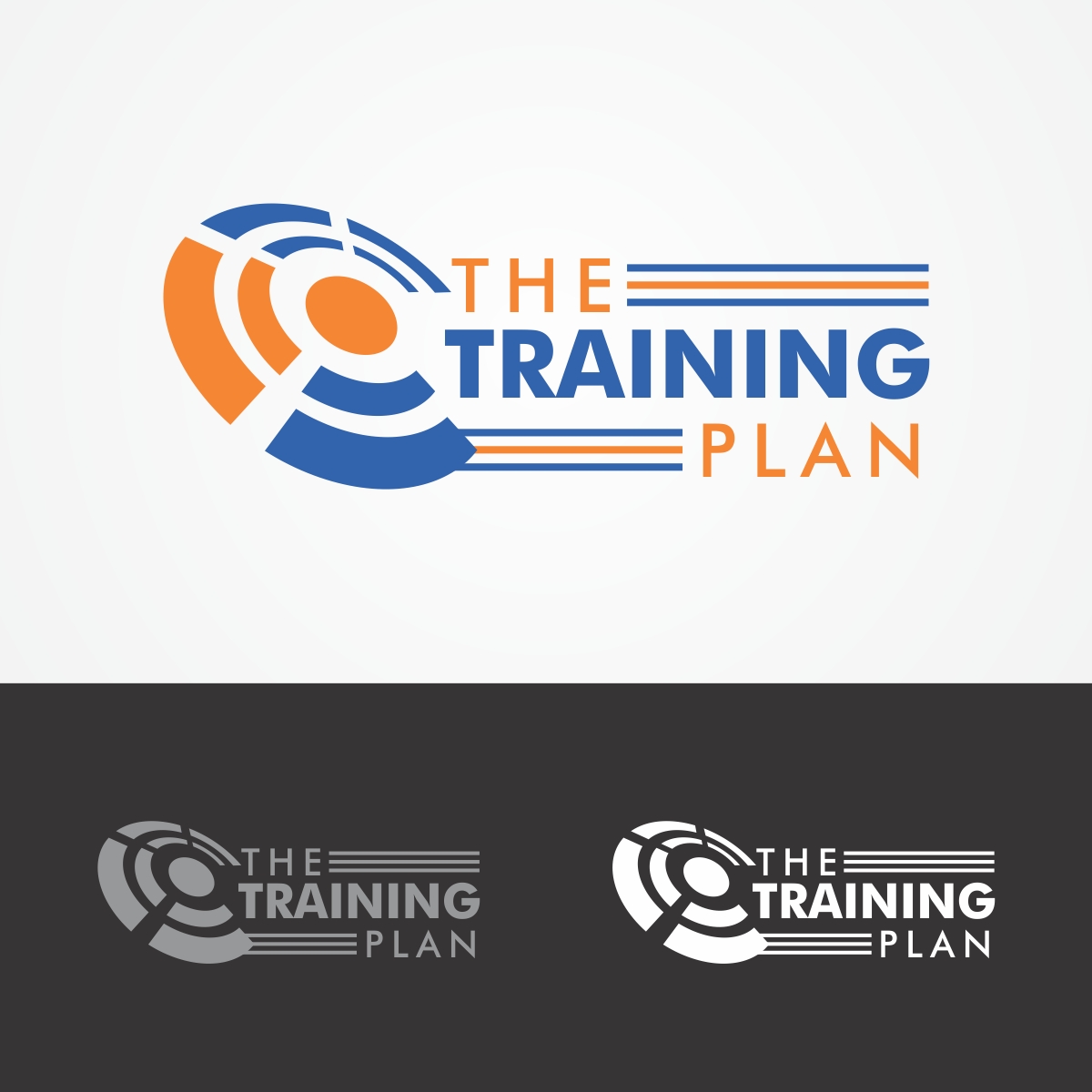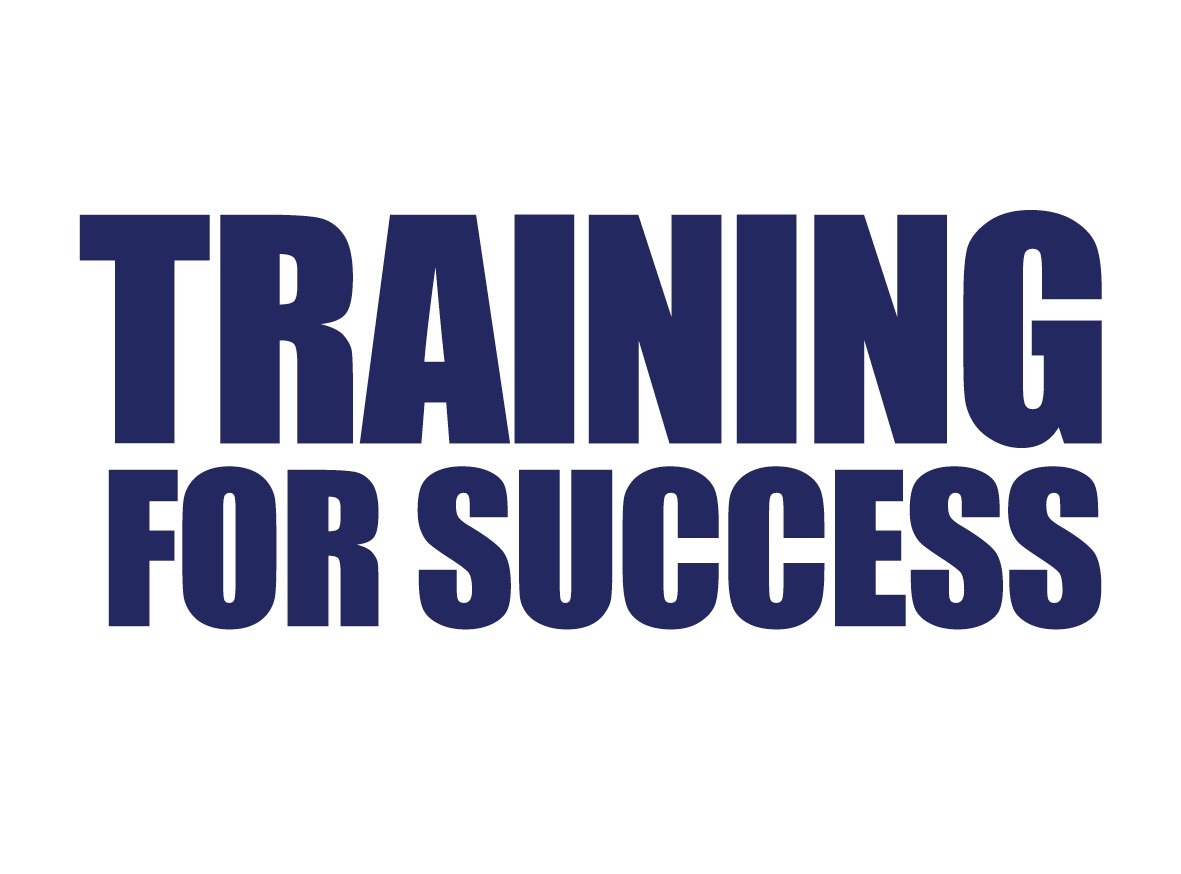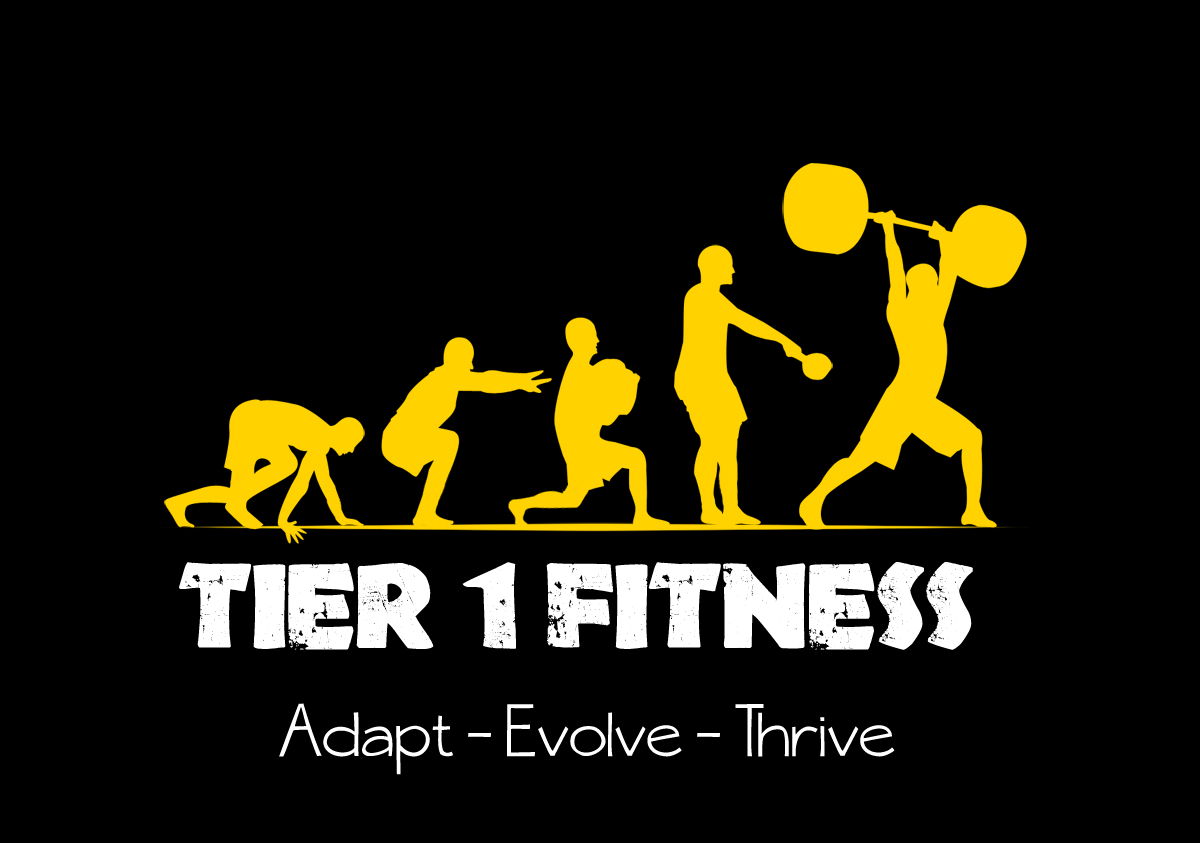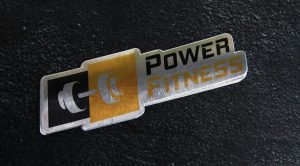Are you in the process of establishing a training business or looking to rebrand your existing one? One crucial aspect of building a strong brand identity is creating an impactful logo. A logo serves as the face of your business, representing your values, mission, and the quality of your training services. In this article, we will explore a range of training logo ideas to inspire you and help you design a logo that effectively communicates your brand message. From incorporating relevant symbols to choosing the right colors and typography, we will cover all the essential elements to create a captivating and memorable training logo.
Understanding the Importance of a Training Logo

Before diving into the world of training logo ideas, it’s important to understand why a logo holds such significance for your business. A well-designed logo:
- Creates a First Impression: Your logo is often the first visual element that potential clients or customers encounter. It sets the tone for their initial perception of your training business.
- Builds Brand Recognition: A logo acts as a visual representation of your brand identity. When people see your logo repeatedly, it helps build familiarity and recognition, making your business more memorable.
- Communicates Your Values: A thoughtfully designed logo can convey the essence of your training services, showcasing your unique selling proposition and the benefits you offer to clients.
- Differentiates Your Business: In a crowded market, a distinct logo helps you stand out from the competition. A well-crafted logo can highlight your expertise and establish you as a trusted authority in the training industry.
Now that we understand the importance of a training logo, let’s explore some creative ideas to inspire your logo design process.
Incorporating Relevant Symbols

Symbols and icons are powerful visual elements that can enhance the impact of your training logo. They can represent a specific aspect of your training services or convey a broader message. Here are a few symbol ideas to consider:
1. Globe or Compass
A globe or compass symbolizes global reach, navigation, and guidance. This can be particularly relevant if your training services cater to an international audience or if you provide guidance and direction in your training programs.
2. Knowledge or Graduation Cap
A graduation cap or a symbol representing knowledge can emphasize the educational aspect of your training services. This can be effective if you offer certification programs or specialize in imparting specific skills and expertise.
3. People or Community
Using silhouettes or simplified representations of people can convey a sense of community, collaboration, and human connection. This can be suitable if your training programs focus on team-building, leadership, or interpersonal skills development.
4. Arrow or Upward Movement
An arrow pointing upward can symbolize progress, growth, and advancement. This can be a fitting symbol if your training programs aim to help individuals or businesses achieve personal or professional growth.
5. Puzzle Pieces or Interlocking Shapes
Puzzle pieces or interlocking shapes can represent the idea of solving problems or fitting various components together. This can be suitable for training programs that emphasize problem-solving skills, critical thinking, or strategic planning.
Remember, when incorporating symbols into your logo, it’s essential to choose symbols that align with your brand identity and resonate with your target audience.
Choosing the Right Colors
Colors play a crucial role in logo design, as they evoke emotions and communicate messages. Different colors have different psychological associations, and selecting the right color palette for your training logo is essential. Here are a few color ideas to consider:
1. Blue
Blue is often associated with trust, reliability, and professionalism. It can evoke a sense of security and competence, making it a popular choice for training businesses that focus on technical skills or corporate training.
2. Green
Green represents growth, harmony, and balance. It is often associated with nature, health, and well-being. If your training services revolve around personal development, wellness, or environmental sustainability, green can be a suitable color choice.
3. Orange
Orange is energetic, vibrant, and often associated with creativity and enthusiasm. It can be an excellent choice for training businesses that offer innovative or interactive programs, such as workshops or creative skills training.
4. Purple
Purple conveys luxury, wisdom, and creativity. It can be a great choice for training businesses that focus on personal or professional development, coaching, or mentorship.
5. Red
Red is bold, passionate, and attention-grabbing. It can symbolize energy, excitement, and motivation. If your training programs aim to inspire and ignite passion, red can be a powerful color choice.
When selecting colors for your training logo, consider the emotions and associations that different colors evoke and choose a palette that aligns with your brand personality.
Typography Tips for Training Logos

The typography you choose for your training logo can significantly impact its overall look and feel. The right typography can evoke professionalism, creativity, or a sense of authority. Here are some typography tips to keep in mind:
1. Sans Serif Fonts
Sans serif fonts, such as Arial, Helvetica, or Futura, are clean, modern, and easy to read. They are often associated with professionalism and can be a safe choice for training logos that aim to convey simplicity and clarity.
2. Script or Handwritten Fonts
Script or handwritten fonts can add a touch of personality and creativity to your training logo. They can be suitable if your brand values include innovation, artistic expression, or a personalized approach to training.
3. Bold and Strong Fonts
Bold and strong fonts can convey a sense of authority, confidence, and expertise. They are often used by training businesses that focus on leadership development, executive coaching, or corporate training.
4. Custom Typography
If you want to create a truly unique and memorable logo, consider investing in custom typography. Custom fonts can be tailored to reflect your brand personality and differentiate your training business from competitors.
Putting It All Together: Designing Your Training Logo

Now that you have explored various training logo ideas, it’s time to put your creativity into action and design your logo. Here is a step-by-step guide to help you through the design process:
- Research and Gather Inspiration: Browse through logo design websites, training industry magazines, and competitor logos to gather inspiration. Make note of elements and styles that resonate with you and align with your brand identity.
- Sketch and Brainstorm: Start sketching rough ideas on paper or using digital design tools. Experiment with different symbols, colors, and typography to find combinations that work well together.
- Refine Your Concept: Choose a few promising logo concepts and refine them. Pay attention to the balance, proportions, and overall composition. Consider seeking feedback from colleagues or friends to gain different perspectives.
- Digitalize Your Design: Once you have a refined concept, transfer it to a digital design software, such as Adobe Illustrator or Canva. This will allow you to fine-tune the details and create a scalable vector logo.
- Test and Iterate: Test your logo in different sizes and on different backgrounds to ensure it remains legible and visually appealing. Iterate and make adjustments as needed until you are satisfied with the final result.
Remember, designing a logo is a creative process that requires time, patience, and an understanding of your brand identity. If you feel overwhelmed or lack design skills, consider hiring a professional logo designer who can bring your vision to life.
Conclusion

A well-designed training logo can become the cornerstone of your brand identity, helping you attract clients, build recognition, and establish credibility. By incorporating relevant symbols, choosing the right colors, and selecting appropriate typography, you can create a powerful logo that effectively communicates your brand message. Take inspiration from the training logo ideas discussed in this article, and embark on your logo design journey with confidence. Remember, your logo represents the essence of your training business, so make it memorable, impactful, and uniquely yours.
Angela Irwin is a branding and design enthusiast with a Bachelor of Fine Arts in Graphic Design from Meadowbrook College. As a writer at Logocreator.io, she shares her expertise on logo design, graphic trends, and effective branding strategies, helping businesses create impactful visual identities.



